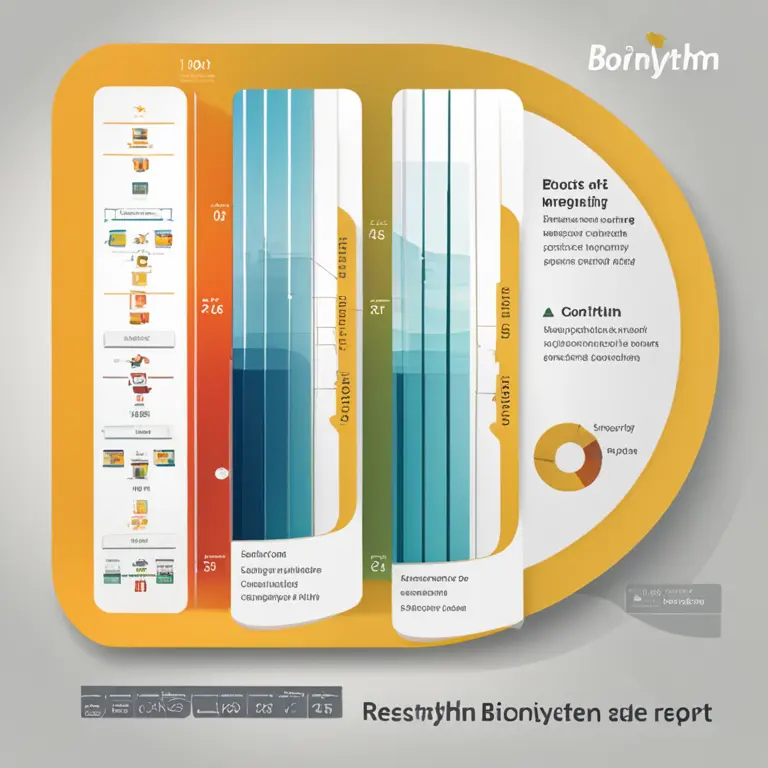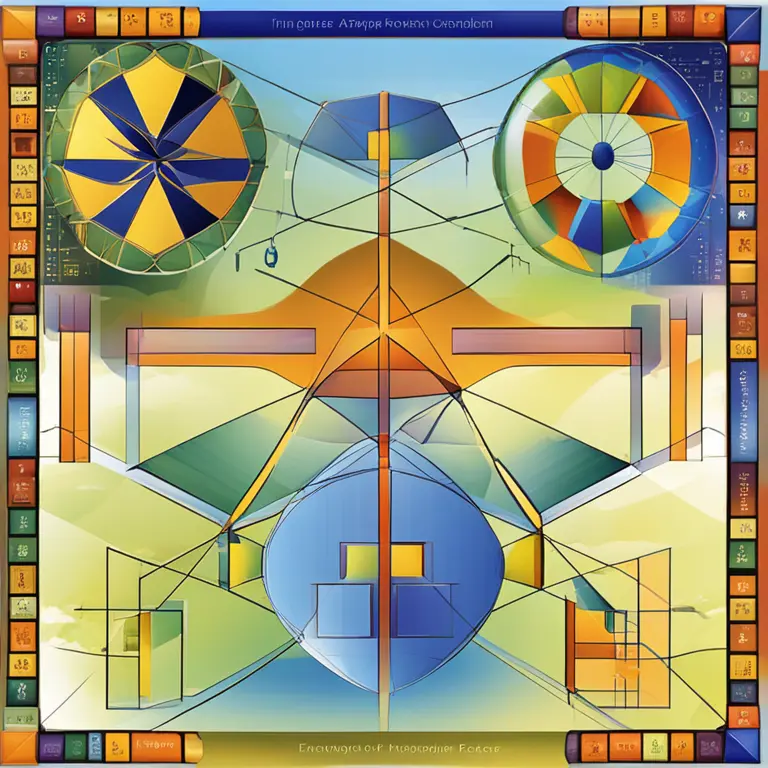
The Harmony of Biorhythms in Love Relationships
Discover the role of biorhythms in relationship compatibility and how syncing your natural cycles can enhance connections.
article by Adrian Wallace
The Basics of Biorhythms
Biorhythms theory suggests that our daily lives are affected by rhythmic biological cycles. It posits that from the moment we are born, we are influenced by three primary cycles: Physical (23 days), Emotional (28 days), and Intellectual (33 days). These cycles are thought to predict various aspects of an individual's life, influencing everything from their physical states to their interactions with others. While the concept emerged in the early 20th century, the interest in how these cycles impact personal relationships continues to grow, especially as more people seek out holistic modalities to improve their lives and connections.

Compatibility and Biorhythms
Biorhythms compatibility is an intriguing aspect of relationships where partners can align their cycles to maximize harmony. The belief is that if your biorhythms are in sync with someone else's, you're more likely to experience a successful and less conflicted connection. This goes beyond the mere coincidence of feeling energetic or moody at the same time; it delves into the synchronization of deeper, intrinsic timing that governs behavior and reactions.

Measuring Biorhythm Compatibility
Determining biorhythm compatibility involves calculating the cycles of both individuals and comparing them. There are sophisticated algorithms and apps available in 2024 that can analyze your biorhythmic data and provide a detailed compatibility report. These tools take the birth dates of partners and run them through a series of biorhythm calculations, ultimately yielding insights into how well two people's cycles naturally complement each other or diverge.

Influencing Factors in Biorhythmic Alignment
Several factors influence biorhythmic alignment, including the natural phasing in and out of sync over time. The dynamic nature of biorhythms means a relationship can see periods of high compatibility and then naturally shift to lower compatibility. However, awareness of these cycles can empower couples to plan around or understand potential stress points. This can involve simple adjustments in the relationship or more complex approaches such as using biorhythm-informed counseling techniques.

Enhancing Relationship Dynamics
Understanding each other's biorhythms can dramatically enhance relationship dynamics. It encourages empathy as partners understand the cyclical nature of each other's behaviors and emotions, leading to more mindful communication and interaction. Couples often report that by paying attention to biorhythms, they find it easier to support each other during ‘low’ phases and celebrate together during ‘high’ phases.
The Skepticism and Science
Despite its popularity in certain circles, biorhythm theory has its skeptics and is often regarded as a pseudoscience by mainstream researchers. There's limited empirical evidence supporting biorhythms’ influence on compatibility. Critics argue that while biorhythms provide an interesting framework, they should be one of many tools used to understand relationship dynamics, rather than being seen as a deterministic factor.
Biorhythms in the Digital Age
Modern technology has made calculating and analyzing biorhythms more accessible than ever before. With advancements in artificial intelligence and data analytics, individuals can now incorporate biorhythm insights into their daily lives with ease. The biorhythms field is expected to continue its evolution, possibly integrating with other forms of biometric and psychological analyses to offer even richer understandings of human relationships.
Published: 1/25/2024
Modified: 1/25/2024
More predictions
Come back here soon to learn more about yourself and your future


The Basis of Biorhythms: An Insight into Biological Cycles
Delve into the concept of biorhythms, the belief in rhythmic biological processes that purportedly influence human physiology and behavior.


The Principles of Biorhythm Cycles
Discover the fundamental principles of biorhythm cycles and how they influence daily life and personal well-being in this insightful article.


The Human Biorhythm Cycle: Patterns of Life's Ebb & Flow
Delve into the human biorhythm cycle, a compelling concept in the holistic understanding of our physiological and emotional patterns over time.